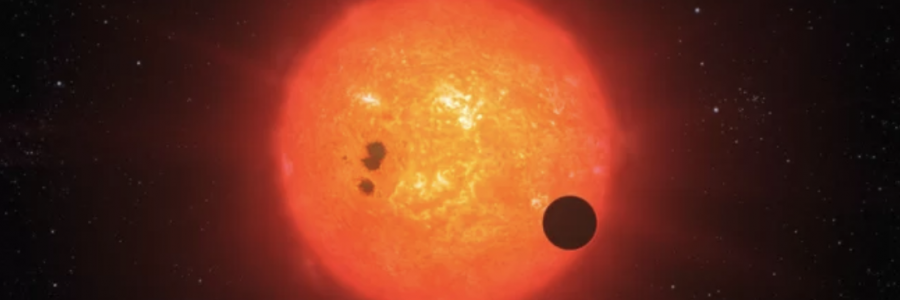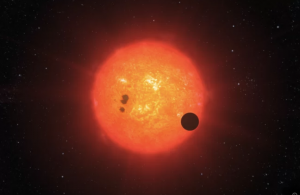
K2-229b, Mercury-like exo-planet discovered

K2-229b, Mercury-like exo-planet discovered
An International team of astronomers has detected a metallic exo-planet with a density similar to Mercury.
Earth, Venus and Mars and some extra solar terrestrial planets have a mass and radius that is consistent with a mass fraction of about 30 per cent metallic core and 70 per cent silicate mantle. At the inner frontier of the solar system, Mercury has a complete different composition, with the discovery of a multiple transiting planetary system (K2-229) in which the inner planet has a radius of 1.165 ± 0066 Earth radii and a mass of 2.59 ± 0.43 Earth masses. This Earth-sized planet thus has a core-mass fraction that is compatible with that of Mercury.
Scientists made the discovery using NASA’s Kepler Space Telescope by observing Doppler shifts in the spectrum o fits host star and analysed three planets orbiting an orange dwarf star designated K2-229 that is slightly cooler and smaller than the Sun and is located about 339 light-years from Earth in the constellation of Virgo. They focused on K2-229 b, the world closest to K2-229, which orbits about 100 times closer to its star than Earth does the sun.
K2-229 b’s dayside temperatures can reach a scorching 3,737 °F (2,058 °Celsius), the researchers found. In comparison, Mercury, which orbits about 2.6 times closer to the sun than Earth, has daytime temperatures of only about 801 °F (427 °C).
